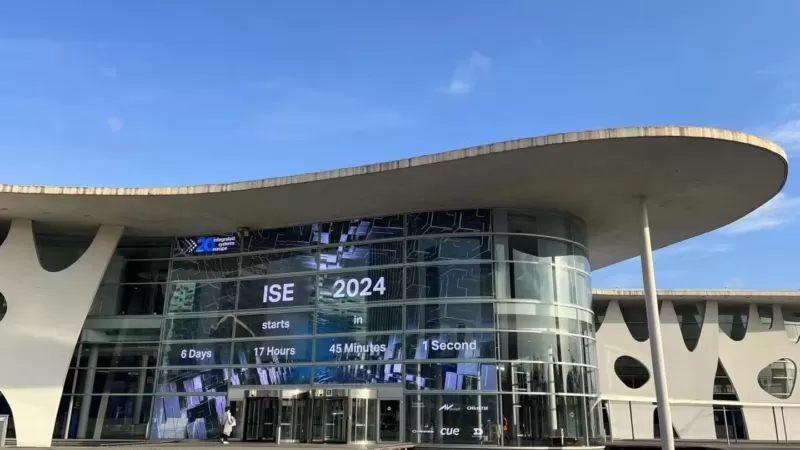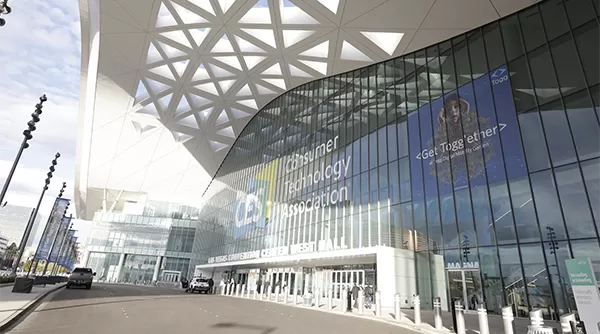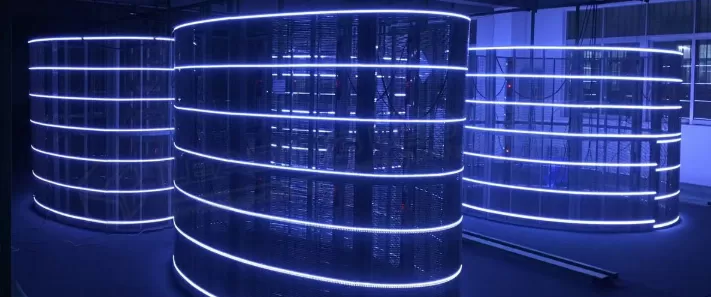Do you know why LED transparent screens need to undergo aging before shipment?
2023-12-13What packaging and transportation materials are used for Muxwave holographic invisible screens?
2023-12-14In recent years, with the continuous development and design of commercial buildings, the importance of cultural, comfortable, interactive, and diversified formats has been increasing. Typically, every shopping center, regardless of its size or positioning, has at least one atrium. This atrium serves as an internal hub for gathering and dispersing pedestrian traffic, making it a coveted golden location for various creative advertisements.
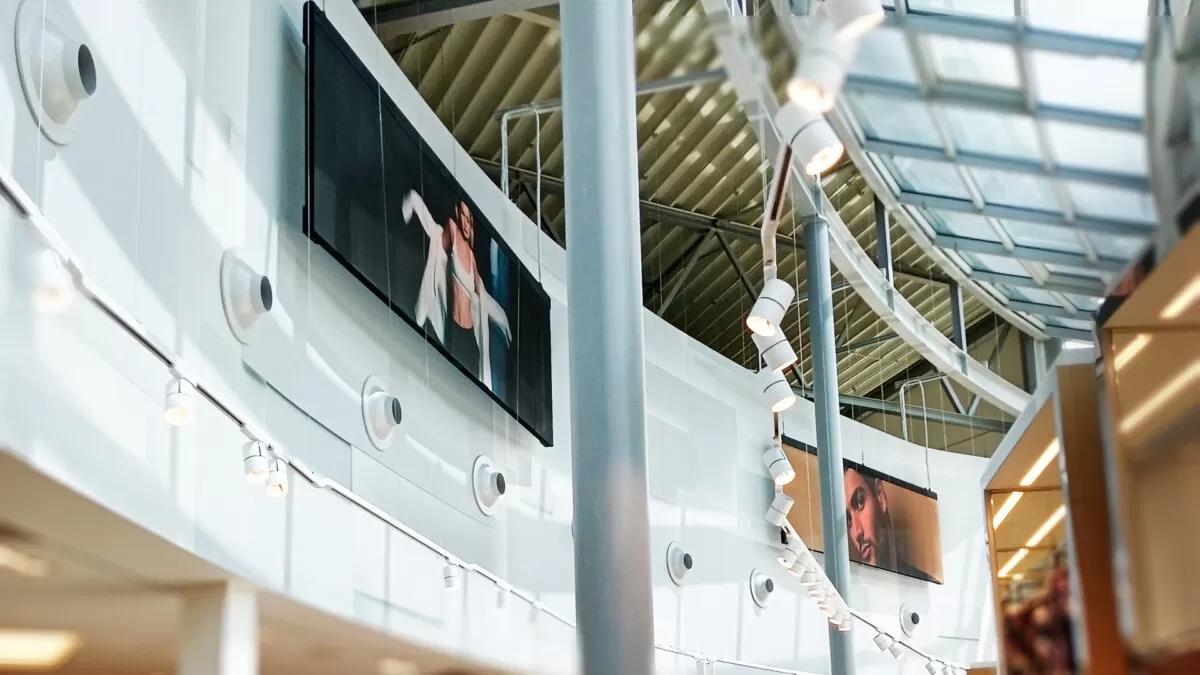
In a shopping mall, the atrium is the space that can create the most stunning and memorable impressions. It can be said that all designs within the atrium of a shopping mall constitute the ‘core zone’ for communication between the mall and its customers. It is the central area for anchoring customer perceptions, expressing personality, and establishing positioning. Therefore, more emphasis is placed on creating an intrinsic atmosphere in commercial space design, allowing customers to be immersed in the space and linger. LED film screens in the atrium of shopping centers can be applied in various forms, such as mall skylights, exterior facades of observation elevators, glass guardrails, and other locations.
So, what effects can the installation of LED film screens bring?
Enhance the overall spatial quality and grade of the entire mall.
Promote corporate branding and beautify the mall’s image.
Enrich spatial layers and strengthen the commercial atmosphere.
Attract more foot traffic and favor from organizers of commercial events, thereby realizing potential consumption.
LED film screens are characterized by high transparency and ultrathin design. They are flexible, allowing for arbitrary cutting and customization based on application scenarios. The installation is convenient, and they can be directly installed inside and outside building glass curtain walls without structural obstruction, preserving the original architectural structure. Whether lit or unlit, they provide a transparent and visible visual effect. LED film screens effectively address challenges faced by conventional LED displays, such as limited ceiling load capacity, difficulty in spatial force analysis, high installation costs, and complex steel structures. This makes atrium LED film screens not only aesthetically pleasing and design-oriented but also emphasizes form and uniqueness, making them an excellent choice for creating spatial art.
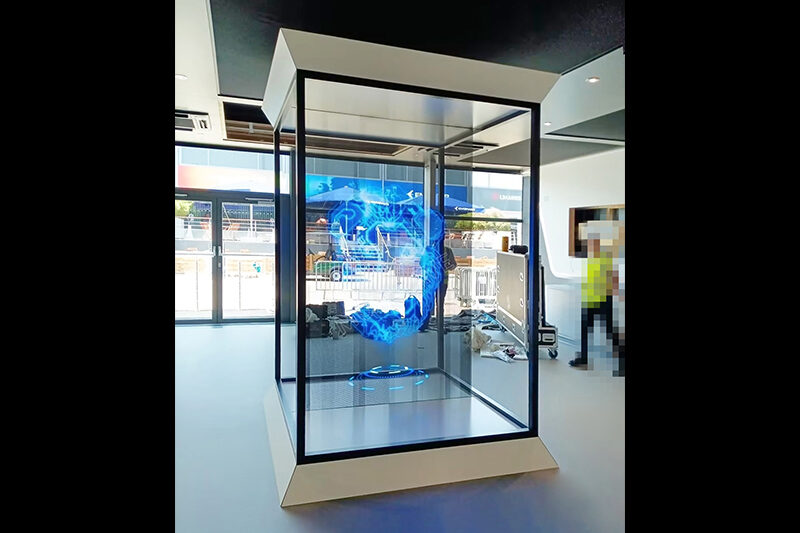
Muxwave LED film screens are an innovative transparent LED display with features such as transparency, high-definition image quality, naked-eye AR visual effects, high brightness, and high contrast. They can be applied invisibly on transparent glass commonly found in buildings and commercial spaces. The products are exported to over a hundred countries and regions, and the company is an enterprise integrating production, design, and sales, widely recognized by customers.”
